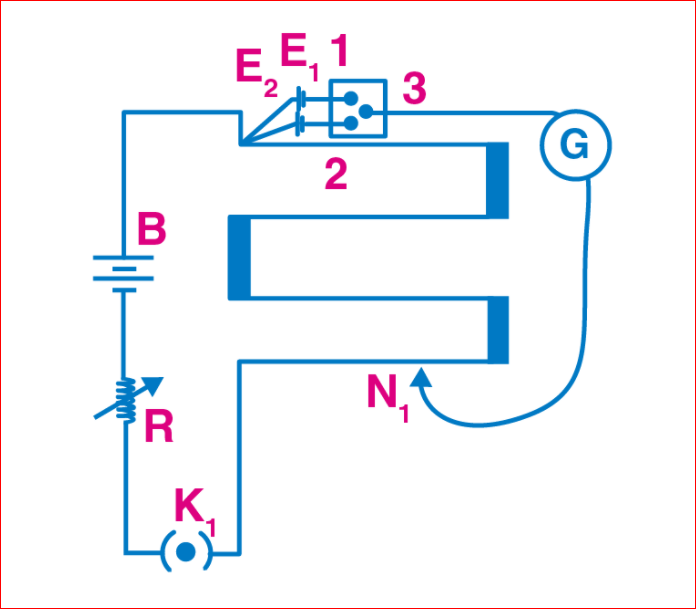
Equivalent resistance of the potentiometer = 50 Ohm + R’
Equivalent voltage across the potentiometer = 10 V
Current through the main circuit I = 10/(50 Ohms +R’)
Potential difference across wire of potentiometer is:
When 50 ohms resistors is used
2R’ < 400
R’ < 200 Ohms
When 10 Ohm resistor is used
160 < R’ < 200
When the resistor is between 160 Ohms and 200 Ohms,
The potential gradient is given as
k > 2 V/m
When the potential drop across 300 cm wire is < 8 V
k < 2 2/3 V/m
